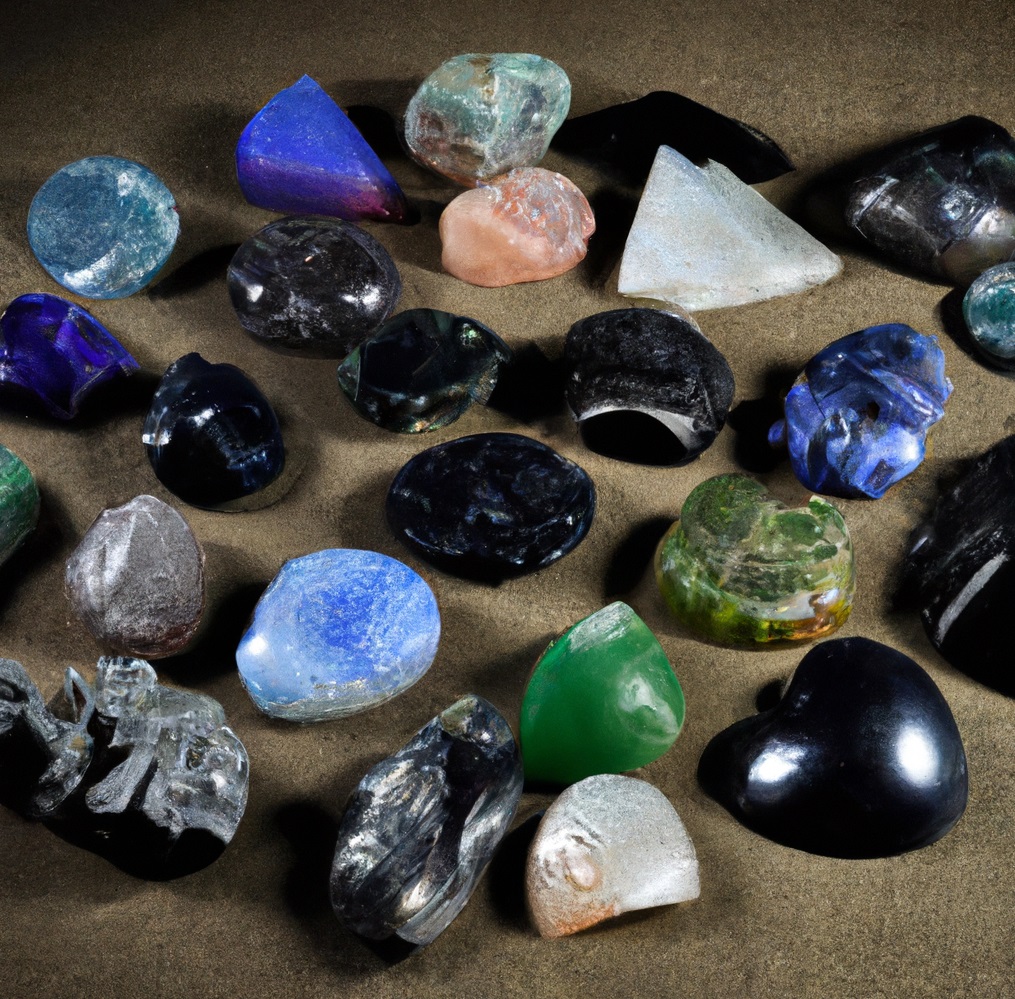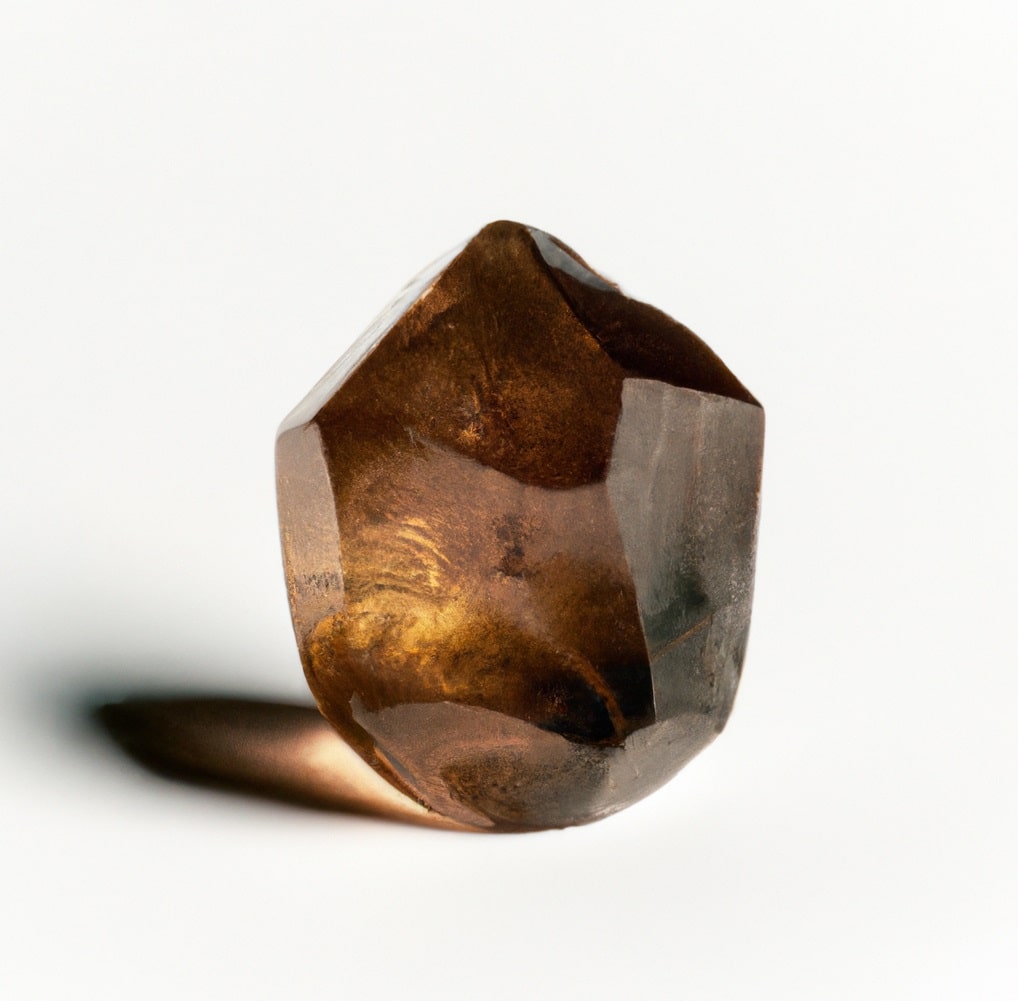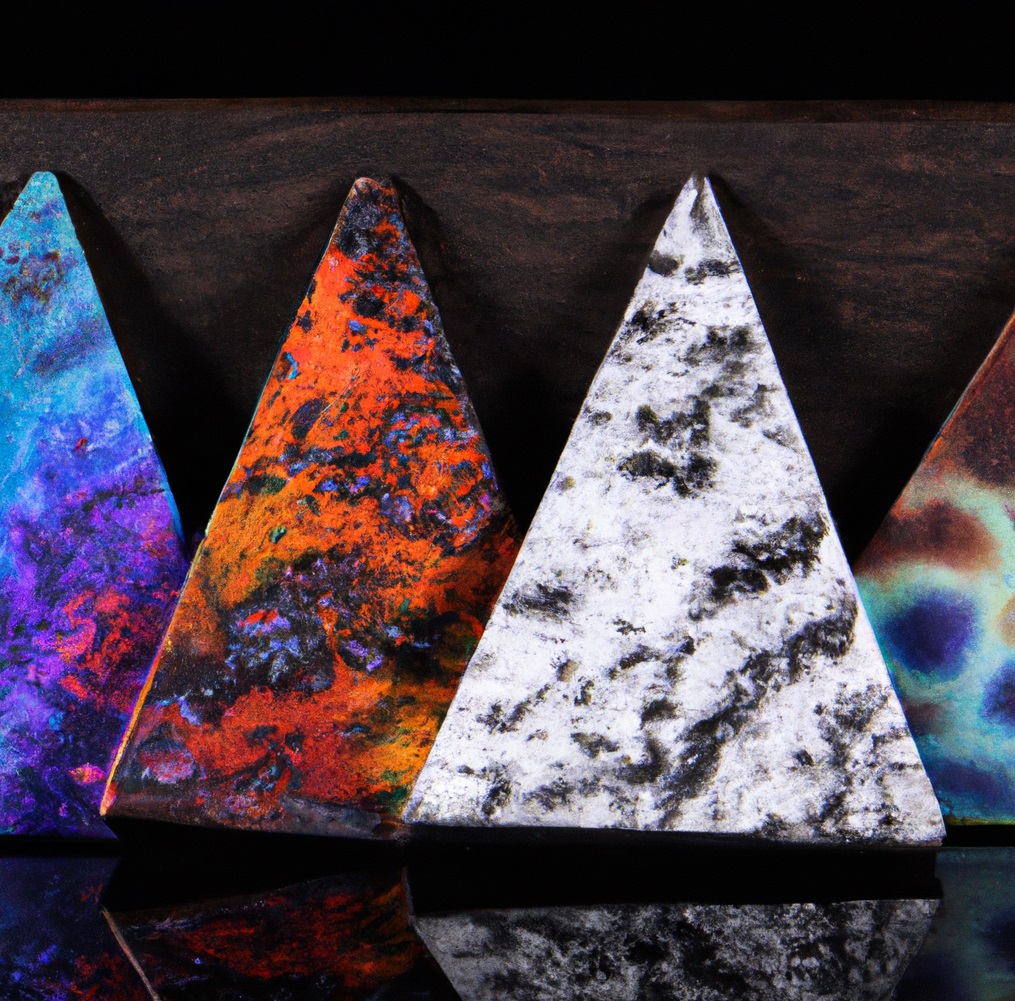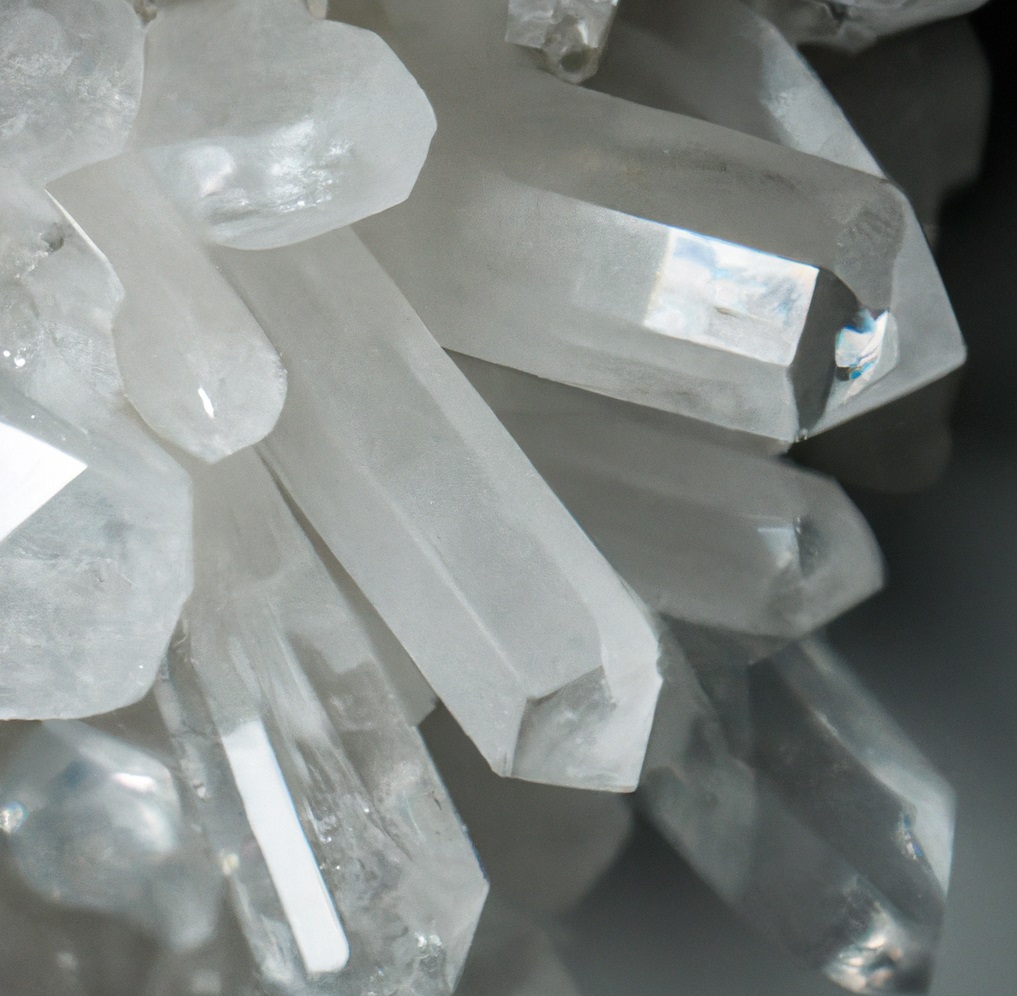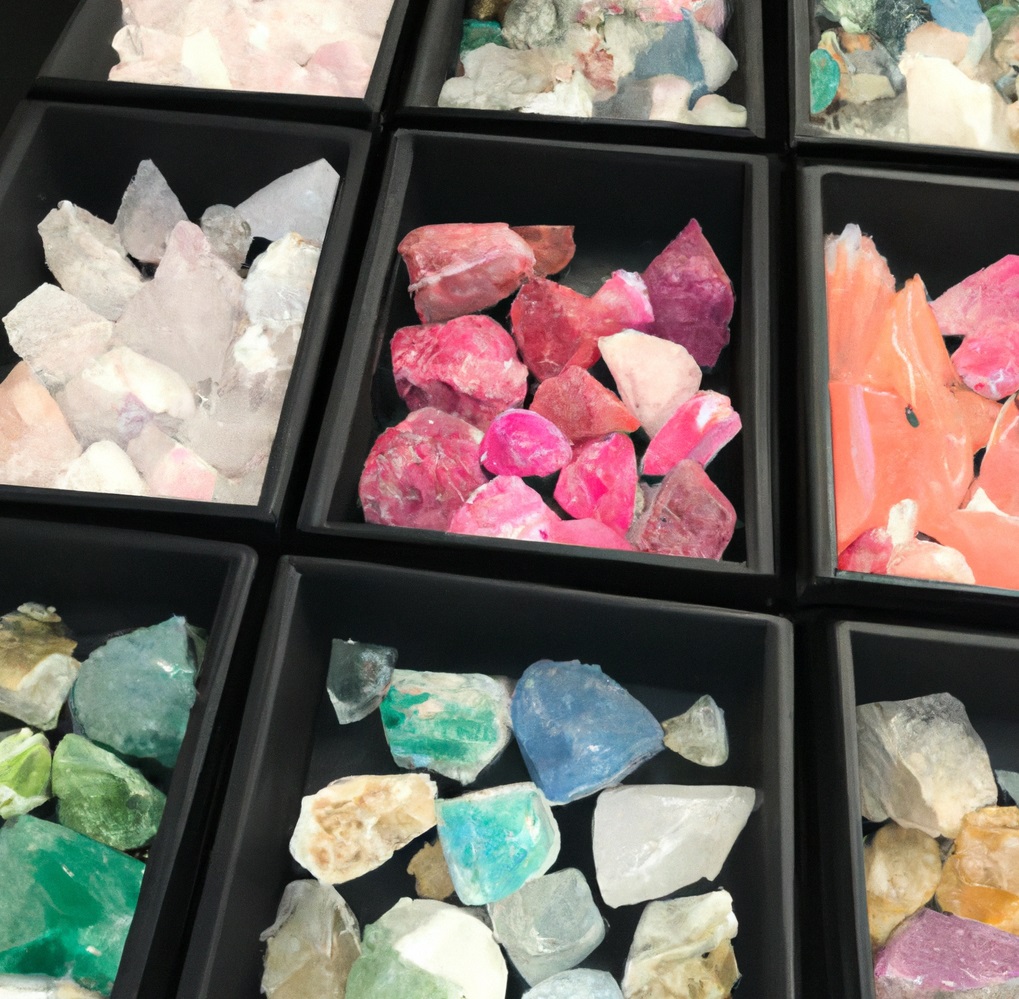Raw Shungite Crystal: the difference from the mineral
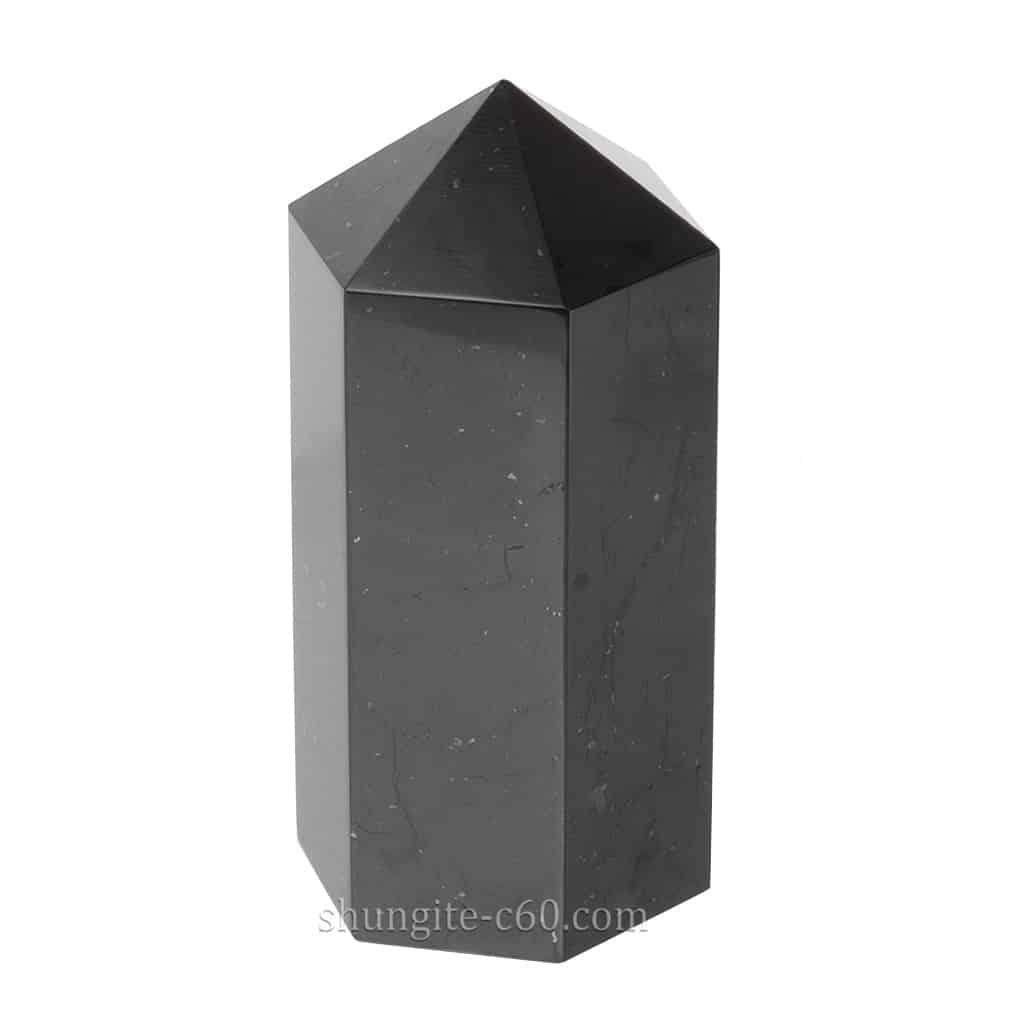
Many articles on the Internet mention or name raw shungite crystal, and many people also often refer to it as a crystal. In this article, we will try to determine whether the term raw shungite crystal is correct.
First, let’s find out the scientific meanings of these two terms: raw shungite and crystal. Second, we will identify the differences and similarities between a crystal and a mineral. Finally, we can conclude whether raw shungite is a crystal or whether this definition is correct.
Crystal Meaning
In materials science and mineralogy, a crystal is a solid substance characterized by a highly ordered and repetitive three-dimensional arrangement of its constituent atoms, ions, or molecules. This regular and symmetrical atomic structure gives crystals distinctive geometric shapes and optical properties. Crystals can form naturally in the earth’s crust or be synthesized in laboratories.
Crystals are classified based on the structure of their crystal lattice, which includes cubic, tetragonal, orthorhombic, monoclinic, and triclinic, among others. This precise arrangement of atoms gives crystals unique physical properties such as transparency, hardness, and the ability to refract light, which makes them valuable in various scientific, industrial, and technological applications.
Shungite meaning
Shungite is a natural mineraloid with a scientifically proven composition. It mainly consists of carbon, a significant part of which is in the form of fullerenes, a class of carbon molecules. Due to its high carbon content, it is known for its remarkable electrical conductivity and cleaning ability.
This mineraloid is also known for its unique chemical properties. It has been studied for its potential health benefits, as it has been claimed to have antioxidant and water purification properties due to its carbon structure. In addition, this Russian mineraloid is divided into various types, including ordinary type 1, type 2, and type 3, depending on the carbon content and appearance. It is also fair and correct to name all three types of this mineraloid – rock.
These unique characteristics make this mineraloid a subject of scientific interest and an intriguing material for various applications. This article provides more information about this Russian mineraloid.
Crystals vs Minerals: Differences and Similarities
Crystals and minerals, although often used interchangeably, are not synonymous. These terms refer to various objects in the world of geology and crystallography.
Crystals
Crystals are a subset of minerals. Their highly ordered and repetitive atomic structure, known as the crystal lattice, defines them. This regular arrangement of atoms leads to the geometric shapes and unique properties that crystals are known for. Crystals can be minerals, but not all minerals are crystals. For example, quartz and diamond are both minerals that form crystals due to their ordered atomic structure.
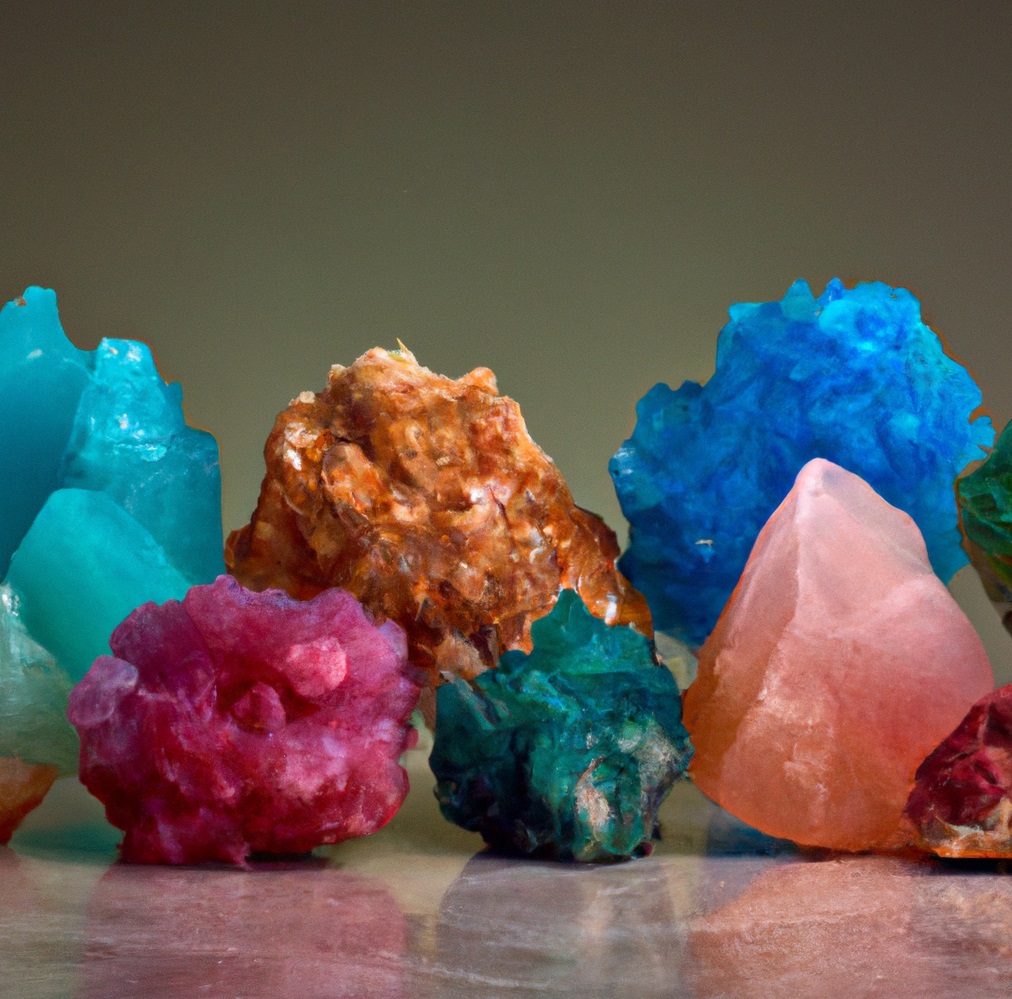
Minerals
Minerals are a broader category of naturally occurring inorganic substances with a specific chemical composition and characteristic physical properties. They can be crystalline, which means they have a repeating atomic structure or non-crystalline, like obsidian. While crystals have a symmetrical, repetitive pattern, minerals can have various structures, including amorphous, granular, or fibrous.
All crystals are minerals, but not all minerals are crystals. The critical difference lies in the arrangement of atoms: crystals have a highly ordered structure, while minerals cover a more comprehensive range of atomic organizations.
Is Raw Shungite a crystal or a mineral?
It can be described both as a mineral and a crystal, depending on the context of the discussion:
- As a Mineral: Raw shungite mineraloid is primarily composed of carbon, making it a mineraloid, a mineral-like substance that does not demonstrate crystallinity. Minerals are typically defined as naturally occurring, inorganic solids with a definite chemical composition and a crystalline structure. Shungite mineraloid, however, is amorphous, meaning it lacks a well-defined crystalline structure. This aspect aligns it more with mineraloids like opal or obsidian than actual minerals.
- As a Crystal: Raw shungite is often referred to as a crystal when discussing its physical properties and uses, especially in the context of gemstones and healing crystals. This is more due to its appearance and usage than its scientific classification. In metaphysical and alternative healing circles, Russian mineraloid is valued for its purported ability to purify water and shield against electromagnetic fields and geopathic stress. It is in these contexts that it is commonly called a crystal.
In summary, scientifically, a mineraloid is more accurately classified as a mineraloid due to its lack of a crystalline structure. However, it is often called a crystal in non-scientific contexts, particularly in gemology and alternative healing.
Сonclusion
In conclusion, the term raw shungite crystal or shungite mineraloid hinges on the perspective from which it is viewed. From a strict geological standpoint, it is a mineraloid that includes naturally occurring, inorganic substances lacking a crystalline structure. Its primary carbon composition, combined with its amorphous nature, sets it apart from actual minerals, characterized by a definite chemical composition and crystalline form.
However, in gemology, metaphysical practices, and alternative healing, the term raw shungite crystal will be the most correct in this case. This usage is influenced more by its physical appearance, perceived properties, and the traditions of those fields than by scientific classification.
In these contexts, Russian mineraloids are valued for their aesthetic qualities and believed benefits, such as purifying water and offering protection against electromagnetic fields.
Thus, from a scientific point of view, a raw shungite crystal or a mineraloid will be correct in both cases. However, it is essential to note that these two terms should be used in various cultural and alternative practices. This factor is determined by the fact that the ways of perceiving and using natural substances go beyond strict scientific definitions.
This dual identity of Russian c60 mineraloid exemplifies the intersection of science and cultural practices, showing how the same substance can be understood in multiple ways depending on the lens through which it is viewed.
 Dutch
Dutch English
English French
French German
German Italian
Italian Spanish
Spanish Swedish
Swedish
